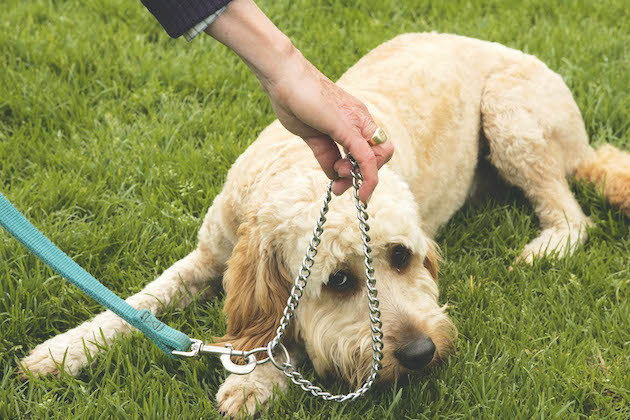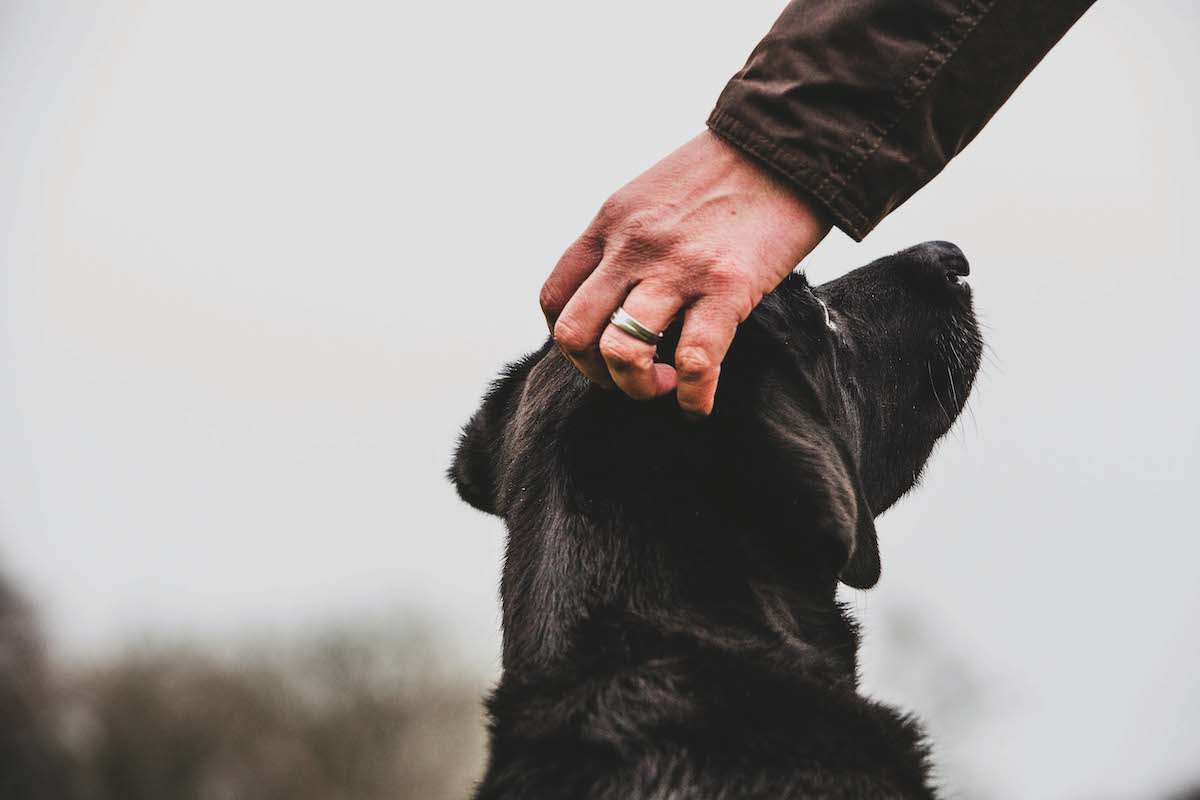The dangers of choke collars and how they can cause injury
Veterinary surgeon Tony Buckwell highlights the risks

What is a choke collar?
- A collar made of metal links designed to control the dog by tightening around the dog’s neck
- Some people use them as a dog training tool
- There is no way to control how much the choke chain tightens
A reader writes in with a question about choke collars
Q: I was advised against using a choke collar on my young Belgian malinois and was told that it might cause an eye injury. I am a little sceptical. What is your opinion on it?
A: The nerve supply to the eye includes what is known as sympathetic and parasympathetic autonomic innervation. This is the part of the nervous system that is under automatic, unconscious control.
For it to function correctly, there has to be a balance between the sympathetic and parasympathetic nerve supply. The nerve that carries sympathetic innervation to the eye has a complicated pathway. From the brain, it travels down the spinal cord, emerges in the chest cavity and then finds its way back up the neck alongside the carotid artery and jugular vein, then through the middle ear and, finally, into the eye.
Damage anywhere along this pathway, caused, for instance, by an overtightened choke collar, can give rise to a condition called Horner’s syndrome. This results in the pupil constricting and all of the muscles around the eye relaxing. The eye will sink somewhat into the orbit, the third eyelid will become prominent and the dog’s upper eyelid will droop.
Choke collars aren’t the only cause of Horner’s syndrome and nor is this the only issue associated with the use of choke collars. Other documented damage includes injuries to the thyroid gland, trachea (windpipe) and oesophagus; damage to other nerves in the neck and spinal cord; neck sprain; fractured neck vertebrae; and fainting.








